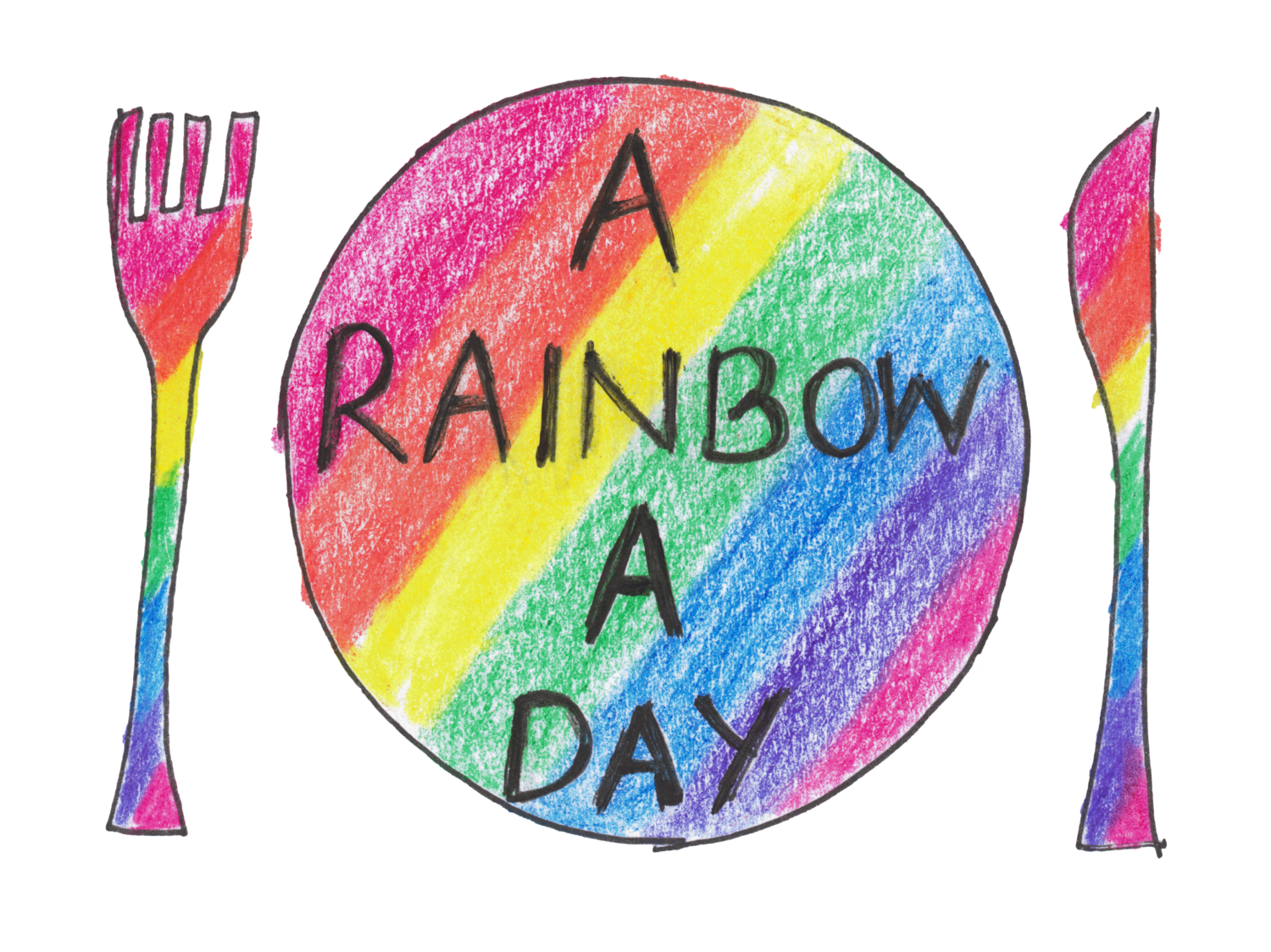cruciferous vegetables - powerful superheroes!
Arugula, bok choy and broccoli have always been regular staples in my house but now, more than ever, I try to use these vegetables whenever I can. These vegetables, along with cabbage, Brussel sprouts, cauliflower, kale, mustard greens, turnips and collards are known as cruciferous vegetables and recent research has shown that eating cruciferous vegetables is linked with decreases of certain types of cancer. Ocean Robbins, author of 31-Day Food Revolution, goes as far as stating that, ‘when it comes to protecting you from cancer, cabbage and other crucifers could be some of the most powerful nutritional superheroes on the planet’. (Robbins, 2019, pg. 86)
So why are cruciferous vegetables so good for us? These vegetables contain the bioactive sulforaphane. William W. Li, MD, author of Eat to Beat Disease: The New Science of How Your Body Can Heal Itself, states that sulforaphane activates the immune system (Li, 2019, pg. 224) as well as causing beneficial epigenetic changes in your DNA (Li, 2019, pg. 202). In addition, cruciferous vegetables provide ‘Vitamin A…. most are a good source of manganese, folate, potassium, dietary fiber and carotenoids such as beta-carotene, which promote cell communication and help control abnormal cells.’ (Robbins, 2019, pg. 86)
I was fascinated to read the following recap of recent research in Li’s book:
Scientists at the Institute of Food Research in Norwich (UK) showed, for example, that when colon cancer cells are exposed to sulforaphane, there is a profound change in the activity of genes in the cells. Sulforaphanes caused sixty three genes in the cancer to be reduced in their activity by half. Other studies have shown that sulforaphanes in cruciferous vegetables cause an epigenetic increase in the activity of the suppressor genes, similar to soy, which activate a hardwired defense against cancer. (Li, 2019, pg. 202)
Li also states the following:
Consuming 1 to 2 cups of broccoli per week is associated with a reduced risk of many cancers. Studies from a number of reputable universities show that eating broccoli is associated with a reduced risk of Non Hodgkin’s lymphoma by 40%, lung cancer by 28%, breast cancer by 17%, ovarian cancer by 33 percent, esophageal cancer by 33%, prostate cancer by 59% and melanoma by 28%. (Li, 2019, pg. 106)
After reading a number of books on the best foods to eat to beat cancer, it is clear to me that cruciferous vegetables are an important part of an anti-cancer diet. I eat broccoli and boy choy at least once a week (recipe below) and whenever possible, I add in kale and arugula to my salads and I try to incorporate cauliflower and Brussel sprouts into dinner at least once a week. Bring on the cruciferous vegetables! Here is my favorite bok choy and broccoli recipe. This is modified from Deliciously Ella’s recipe found in The Plant Based Cookbook.
Asian Broccoli, Bok Choy and Green Bean Salad
Asian Style Broccoli and Bok Choy Salad/Side Dish
Makes enough for 4 as a side dish
3 baby bok choy quartered (I prefer baby bok choy but you can also use regular bnok choy)
1 head of broccoli cut into bite size florets or 1 bunch of broccolini
2 cloves of garlic finely chopped
1 inch of fresh ginger, peeled and finely chopped
Drizzle of sesame oil
1 tablespoon of sesame seeds
1 handful of cilantro leaves
Salt and pepper
For the dressing
2 tablespoons sesame oil
1 tablespoon maple syrup
1 tablespoon tamari
Pinch of red chili flakes
Creating the Magic!
Preheat oven to 425F.
Place the boy choy and broccoli on a baking tray. Drizzle with sesame oil, chopped garlic and ginger. Roast in the oven for about 10 minutes. If they need a little longer, then pop back in the oven for about another 5 to 10 minutes. The vegetables should be tender and slightly brown/roasted but not burnt. If you leave the bok choy in for too long or will char/burn and will taste bitter.
To make the dressing, place all of the dressing ingredients in a bowl and mix, adding salt and pepper to taste.
Once the vegetables have reached room temperature, toss with the sesame seeds, cilantro and dressing. Enjoy! If you want to make this as your main dish, add some udon noddles for a complete dinner. I have also experimented with adding different vegetables. I love the crunch of blanched green beans tossed in (as shown in the above photo).

